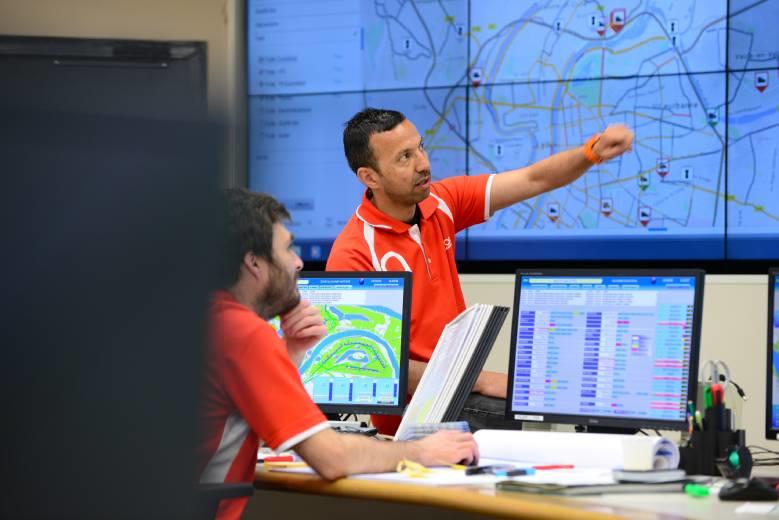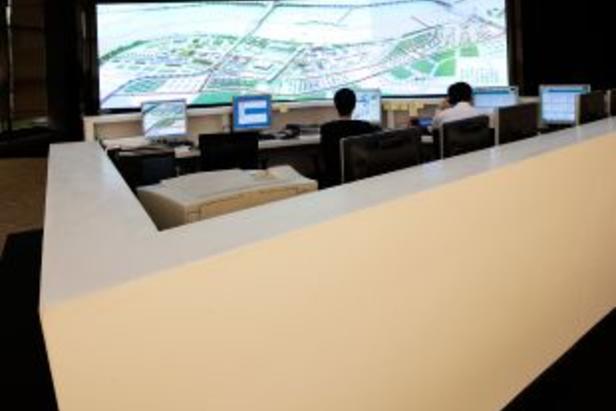In a world of multiple threats to water resources, it is becoming increasingly difficult for municipalities, in particular, to deliver high quality drinking water to their users and customers.
Sensor technology, combined with efficient data management, enables them to secure the drinking water networks for which they are responsible.
Challenges around securing drinking water distribution
Industrial pollution, micropollution, scarcity of water resources, climatic and terrorist risks, etc.: There are many threats to water resources today.
In 2016, water appeared for the first time in the top five of the main global risks in the Global Risk Report published by the World Economic Forum. Behind climate change and weapons of mass destruction but ahead of forced migration and soaring energy prices.
It was also the first time that direct or indirect links were made between water and governance, the collapse of States and political crises, beyond the obvious links with environmental pollution and infectious diseases.
Only real-time monitoring of resource availability, water quality and network status allows operators and public decision-makers to guard against such risks and act quickly to mitigate their consequences.
New technologies for drinking water distribution
Veolia applies smart monitoring solutions to protect drinking water networks. This system provides network managers with almost instantaneous decision-making assistance and therefore improves response times if action needs to be taken on the network.
One of these solutions, focusing on securing the resource, is based on two complementary technologies:
- KAPTA™ 3000-AC4sensors, installed directly at strategic points in the network, collect accurate physico-chemical data (conductivity, pressure, temperature and chlorine content); these key water quality parameters are sent to a monitoring center.
- A real-time data analysis system operated from the center issues alerts if there are any changes in water quality caused by leaks, pipe corrosion, clogging or the presence of contaminants.
- You secure your networks
- You prevent incidents
- You conserve your water resources
What are the benefits for you as municipal or intermunicipal authority?

We didi it!

France
In Rambouillet, near Paris, we have been managing a 108 km drinking water distribution network serving a population of 25,000 since 2010. We have installed 32 KAPTA™ 3000-AC4 probes, connected to a central server for real-time analysis of the quality of the distributed water. As a result, the municipality benefits from high quality service and a secure water supply, at the best possible cost.

China
Since 2010, our water control center in Shanghai's Pudong district has been providing real-time monitoring of the 496 million m3 of water distributed annually to 3.6 million people. This center has improved network management through tools for process monitoring and control, loss reduction, simplified decision-making and network maintenance.

Czech Republic
In Prague, Czech Republic, we implemented the SWiM (Smart Water Integrated Management) system to manage and monitor the entire water network. SWiM ensures continuous service, reduces leakage losses, improves communication with residents and service continuity even during extreme weather conditions, and drastically reduces operational costs.


